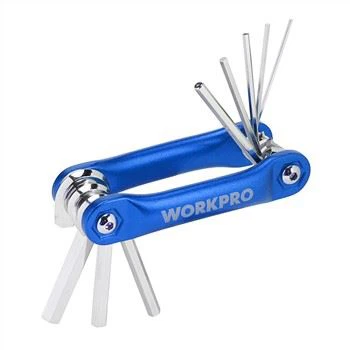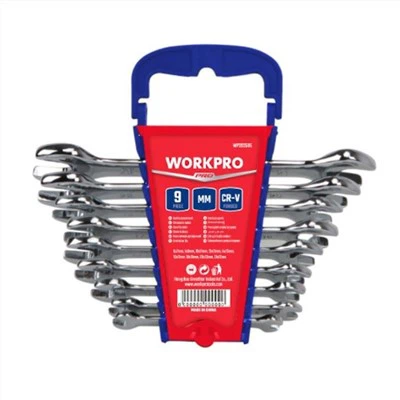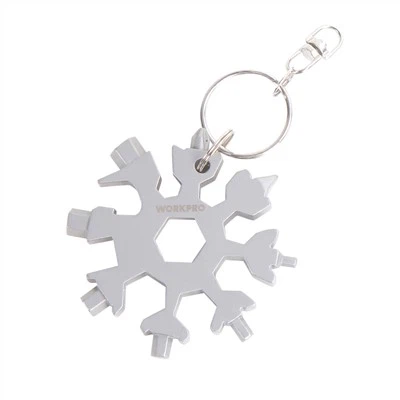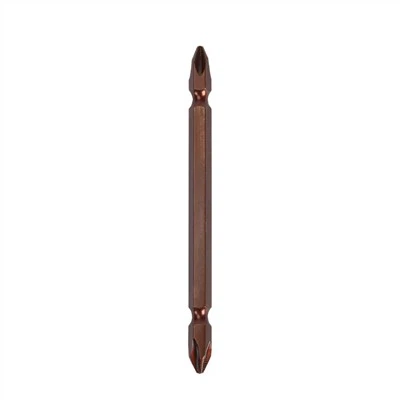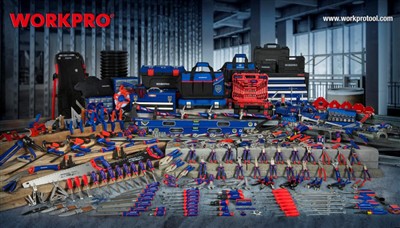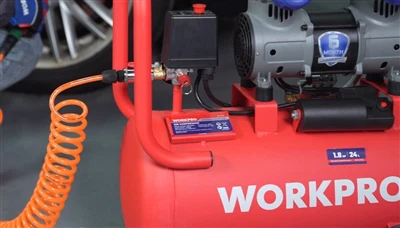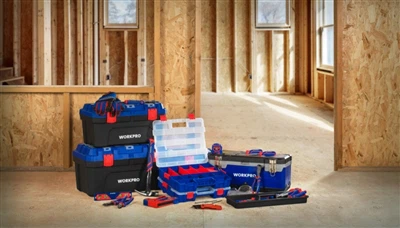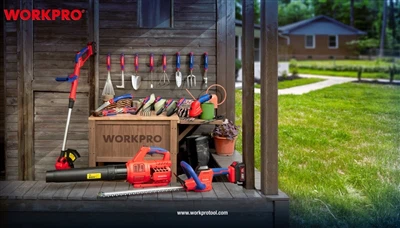Taking Necessary Safety Precautions When Working with Hand Tools
Many of us maintain numerous tools in our garages, houses, and vehicles. From small and large hand tools to portable power tools, a craftsman or novice operator spends the majority of his or her time with these instruments. By adhering to the Safe use of hand tools, injuries and device damage are significantly prevented. Therefore, adequate knowledge of the tool and its proper application can prevent the majority of this acutely, the loss of fingers or eyeballs is not an easily treatable injury. By following these simple guidelines, you can prevent these accidents from occurring.
General Tips
1. Personal Protective Equipment
When it comes to protecting oneself from harm while using tools or on the job, there is no substitute for proper personal protective equipment. The most frequent pieces of safety gear in the workplace include protective eyewear, gloves, earplugs, clothes, knee braces, footwear, masks, and so on.

2. Gloves
When working with hand tools, use specific (industrial) gloves to protect your threat there are different gloves for different jobs. Welding glove is distinct from paint gloves or anti-cut gloves. Of course, in carpentry, the use of gloves typically limits the degree of control over the task, and gloves do not serve a specific role in protecting against common injuries to the fingers in carpentry.

Clik for more: WORKPRO Heavy Duty Mechanic Gloves
3. Goggles
In addition to other safety procedures, you must wear safety goggles to protect your eyes from flying wood chips. The eye is one of the most vital bodily parts, and it is impossible to hurt it in most incidents that occur in a woolly, I am prepared to lose ten fingers, but my eyes are healthy! While the danger of falling into large things or having head accidents with hard objects exists, you should always wear a helmet.
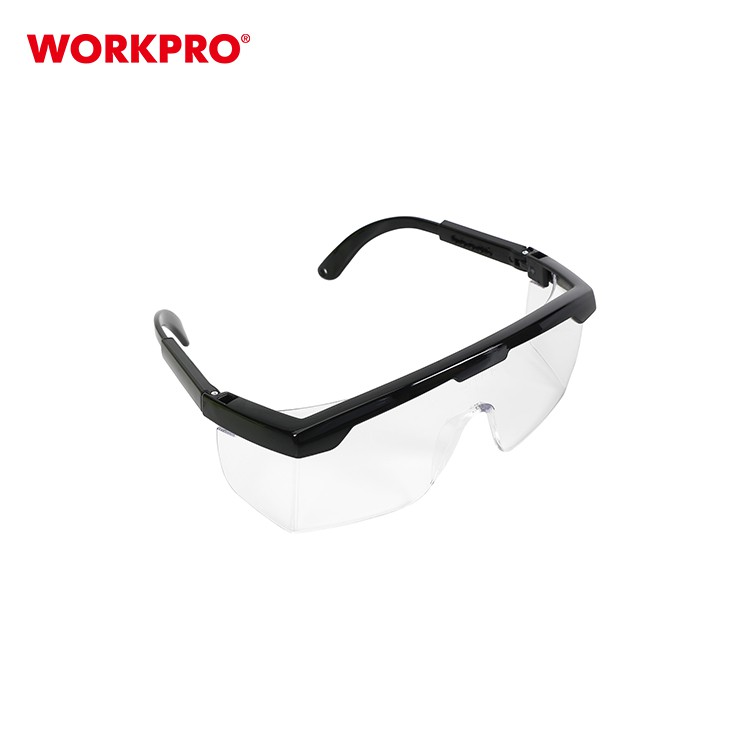
Clik for more: WORKPRO Safety Goggles For Construction
4. Safety Shoes
Safety footwear in the workplace is indispensable! Particularly in carpentry workshops and installation projects, its use is a necessity. Many of us have had the unpleasant sensation of receiving a nail or a punch in the foot.
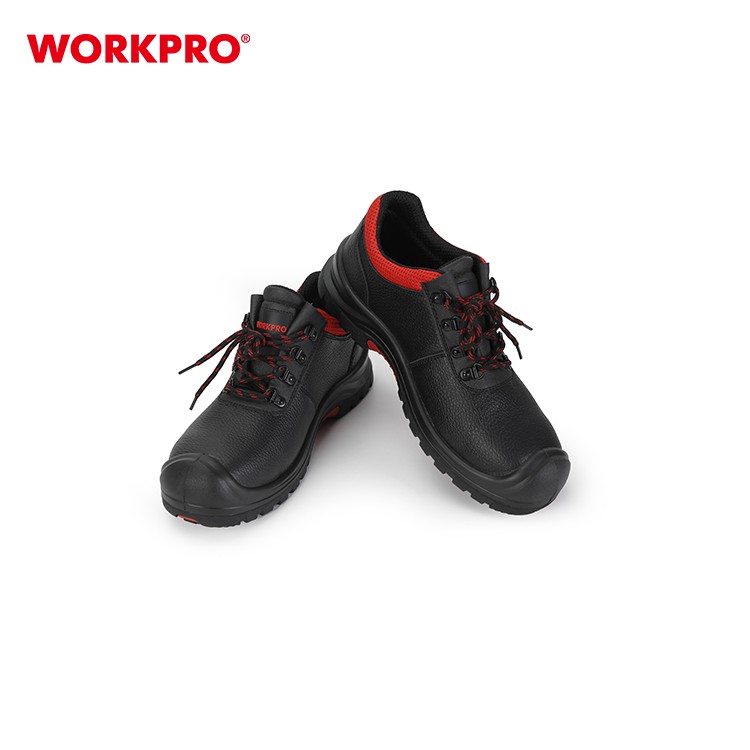
Clik for more: WORKPRO Safety Shoes Boots
5. Belt and Hooks
Working at height could also be a safety concern. Belts, hooks, and safety harnesses must be used when working at heights or on scaffolding. Belts with two hooks are indicated for usage in situations requiring movement on scaffolding.
6. Pliers Tools Safety
The pliers are intended for cutting and are not a substitute for wrenches. Additionally, pliers are used to catch bolts and nuts during tightening, which can cause the bolts to wear and make it difficult to tighten them with a wrench. Wearing safety goggles will prevent cables from being flung into your eyes, which could result in injury.
7. Hammers Safety
Come in a range of sizes and forms for various applications. This hand tool is extremely sharp; thus, caution is required when using it. Never use one hammer to strike another hammer in general. Throughout the hammering process, the hammer must be lowered vertically and struck on the target plate. Hammer handles must never be painted, and they must be inspected frequently.
8. Screw Drivers Safety
It is among the most popular hand tools. Utilizing a screwdriver to penetrate, produce an edge, or as a punching bar is one of the dangerous activities associated with screwdriver use.
When used for the aforementioned duties, screwdrivers have the potential to cause injury. In addition, utilizing this instrument with a damaged handle, a bent blade, and a slow or twisted tip might cause the screwdriver to slip out of the hand and inflict injury.
Take Caution in the Workplace
Working alone can be difficult for you. When using saws, power drills, hand hammers, and other tools, it is critical to maintaining your workplace safe. In addition, by using hand tools safely, the user assumes responsibility for the safety of others in the workplace.




